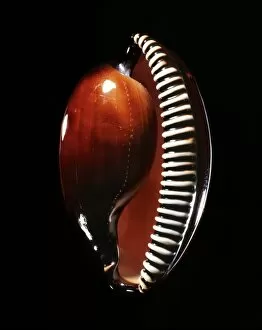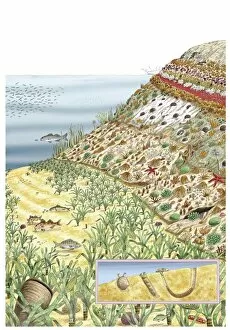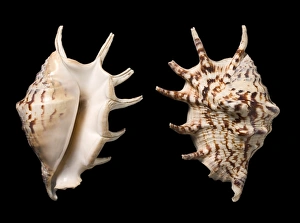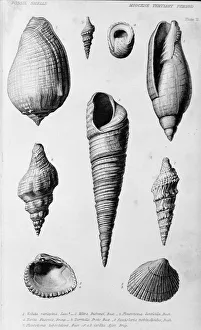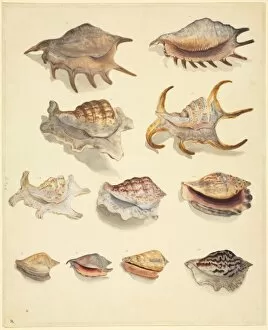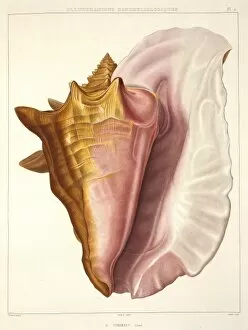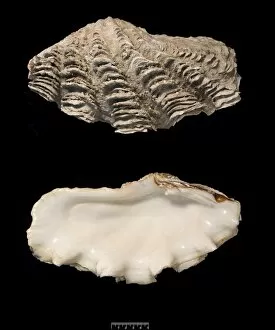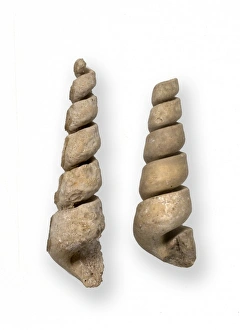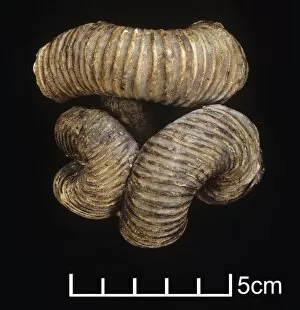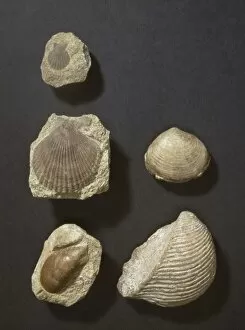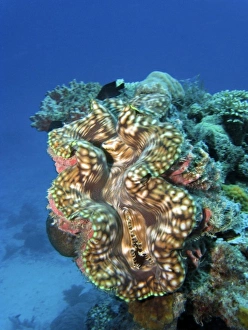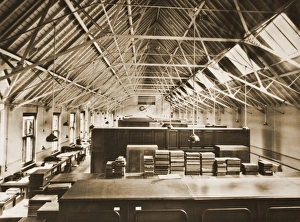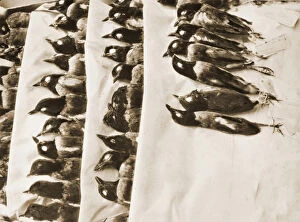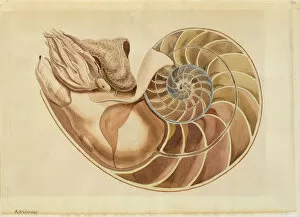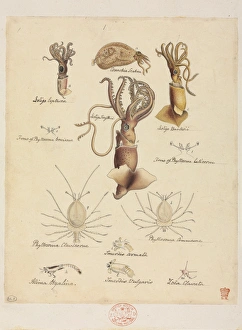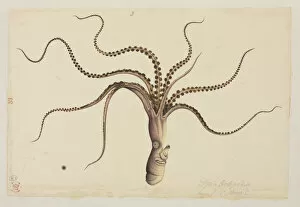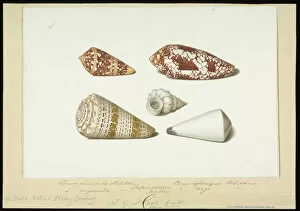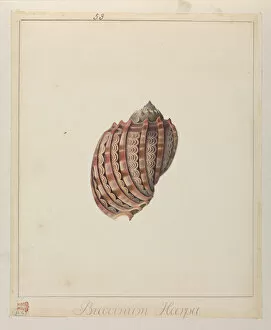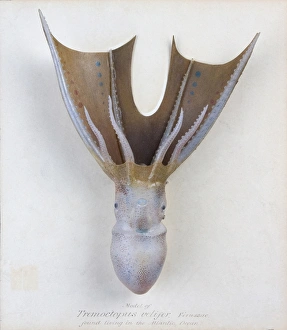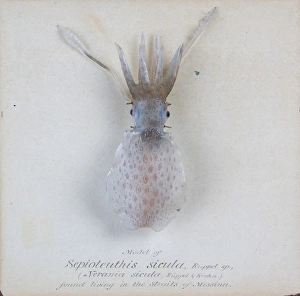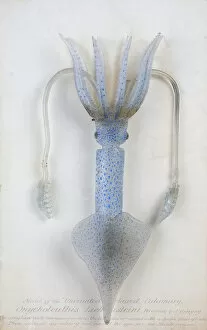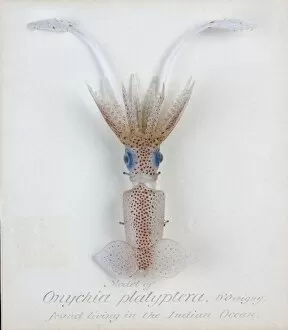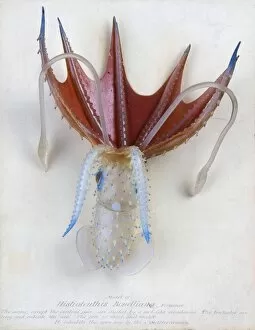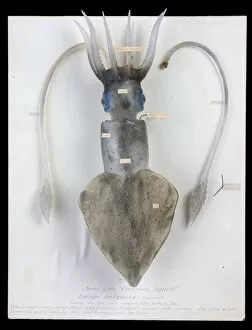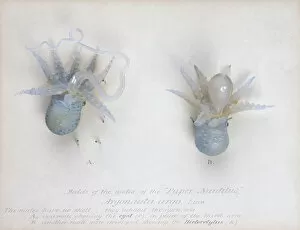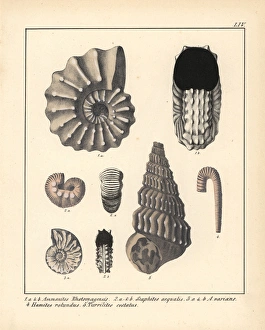Mollusk Collection (page 7)
"Mollusk Magic: Exploring the Enigmatic World of Aquatic Wonders" Dive into the depths of the ocean and discover a mesmerizing realm inhabited by extraordinary creatures
All Professionally Made to Order for Quick Shipping
"Mollusk Magic: Exploring the Enigmatic World of Aquatic Wonders" Dive into the depths of the ocean and discover a mesmerizing realm inhabited by extraordinary creatures. From the elusive giant octopus to extinct marine reptiles, mollusks have captivated scientists and enthusiasts alike for centuries. Unearthed from ancient times, fossils like Asteroceras and fossil ammonites provide us with glimpses into prehistoric oceans teeming with life. A chromolithograph from 1895 showcases an exquisite aquarium scene, where vibrant cephalopods dance gracefully in their watery abode. Intriguingly named Janthina violacea, the violet snail flaunts its stunning hue as it drifts along ocean currents. Meanwhile, the enigmatic octopus displays its intelligence through intricate behaviors and remarkable camouflage abilities that leave us in awe. Did you know that snails possess teeth? These tiny yet mighty structures enable them to rasp away at surfaces they encounter on their slow-moving journeys. In Indonesia's Sulawesi Island's Lembeh Strait, two Coleman shrimp find solace alongside each other as commensals with fascinating symbiotic relationships. Beware. The blue-ringed octopus (Hapalochlaena sp. ) may be small but packs a venomous punch. Its vivid blue rings serve as a warning sign to potential predators - a reminder of nature's delicate balance between beauty and danger. Not all they are cephalopods; some take on different forms like Argonauta hians or brown paper nautilus which create elegant shells resembling paper boats sailing through tranquil waters. Witnessing nature's miracles can be truly breathtaking - such as observing female limpets releasing streams of eggs into Hokkaido's waters during spawning season in Japan. This spectacle reminds us of the incredible diversity within our planet's aquatic ecosystems. Mollusks encompass an astonishing array of animal species, each with its own unique adaptations and characteristics.



